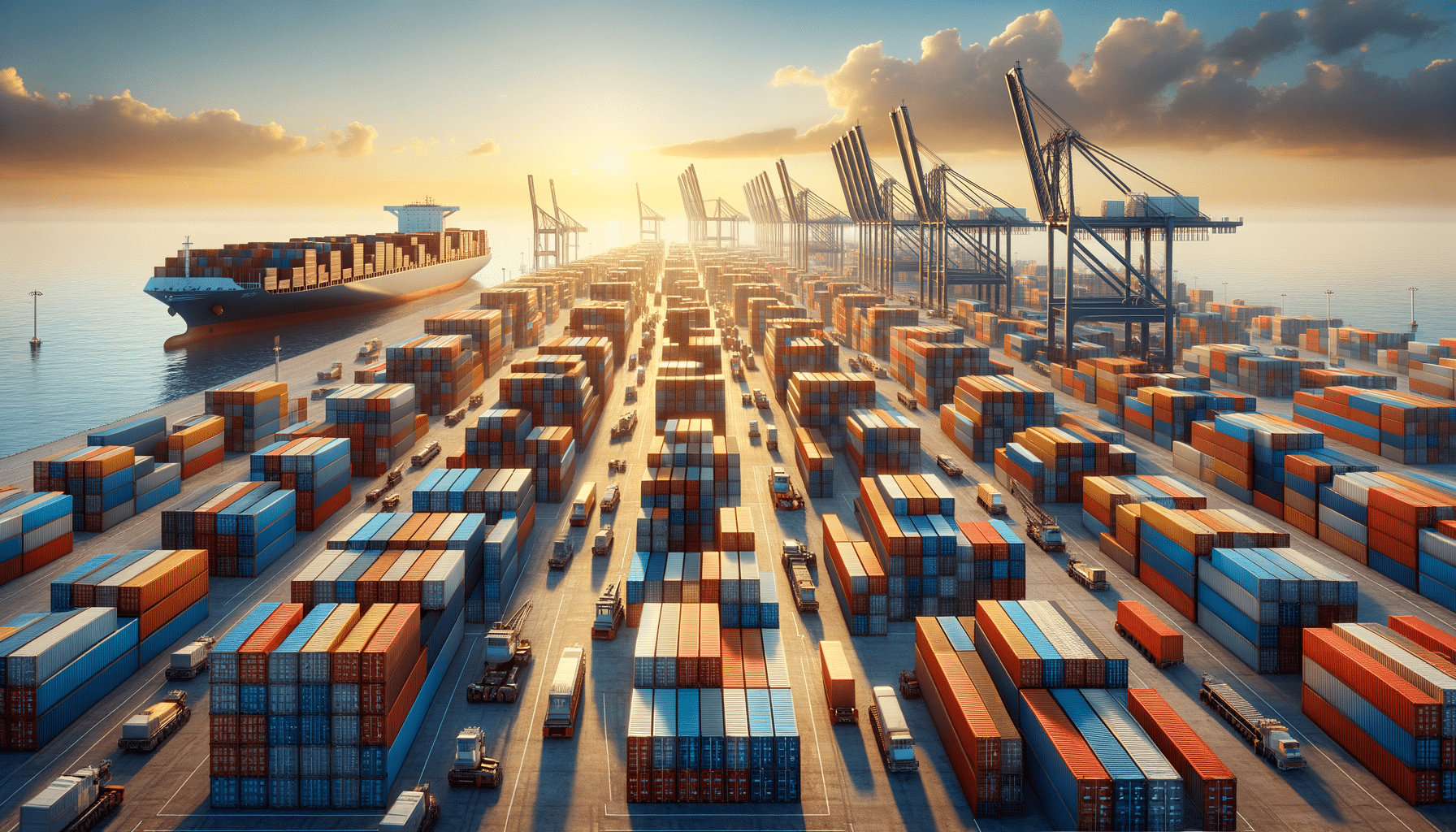
The Multifaceted World of Shipping Containers
Introduction to Shipping Containers
Shipping containers have revolutionized global trade and logistics since their inception in the mid-20th century. These robust steel boxes are not just transporting goods across oceans but have also found innovative applications in architecture, storage, and more. The importance of shipping containers lies in their ability to streamline the movement of goods, reduce costs, and enhance efficiency in the supply chain. Their versatility and standardization have made them an indispensable component of international trade, impacting economies and industries worldwide.
The Evolution of Shipping Containers
The journey of shipping containers began in the 1950s when standardized containers were introduced to simplify and expedite the shipping process. Before this innovation, goods were loaded and unloaded manually, which was time-consuming and labor-intensive. The introduction of standard-sized containers enabled the use of cranes and specialized equipment, drastically reducing loading times and labor costs. Over the years, shipping containers have evolved in design and functionality, with variations such as refrigerated containers for perishables and tank containers for liquids. This evolution has allowed for the safe and efficient transport of a wide range of products, contributing to the growth of global trade.
Innovative Uses of Shipping Containers
Beyond their primary function in transportation, shipping containers have been creatively repurposed for various uses. In architecture, they serve as affordable and sustainable building blocks for homes, offices, and even hotels. Their strength and durability make them ideal for constructing modular structures that can withstand harsh environmental conditions. Additionally, shipping containers are used as pop-up shops, art installations, and emergency shelters. Their adaptability and cost-effectiveness make them a popular choice for innovative projects, showcasing the endless possibilities of these versatile structures.
The Environmental Impact of Shipping Containers
While shipping containers play a crucial role in facilitating global trade, their environmental impact cannot be overlooked. The production and disposal of containers contribute to carbon emissions and waste. However, the reuse and recycling of containers for alternative purposes can mitigate these effects. Repurposing containers into buildings or storage units extends their lifecycle and reduces the demand for new materials. Moreover, innovations in container design aim to improve energy efficiency and reduce the environmental footprint of shipping operations. As industries continue to prioritize sustainability, the role of shipping containers in environmental conservation is becoming increasingly significant.
The Future of Shipping Containers
The future of shipping containers is closely tied to advancements in technology and changing global trade dynamics. With the rise of smart containers equipped with sensors and IoT technology, real-time tracking and monitoring of shipments are becoming more accessible. This innovation enhances supply chain visibility and efficiency, allowing for better decision-making and resource management. Additionally, the growing emphasis on sustainability is driving the development of eco-friendly containers made from recycled materials. As the world continues to evolve, shipping containers will remain a pivotal element in shaping the future of logistics and trade.


